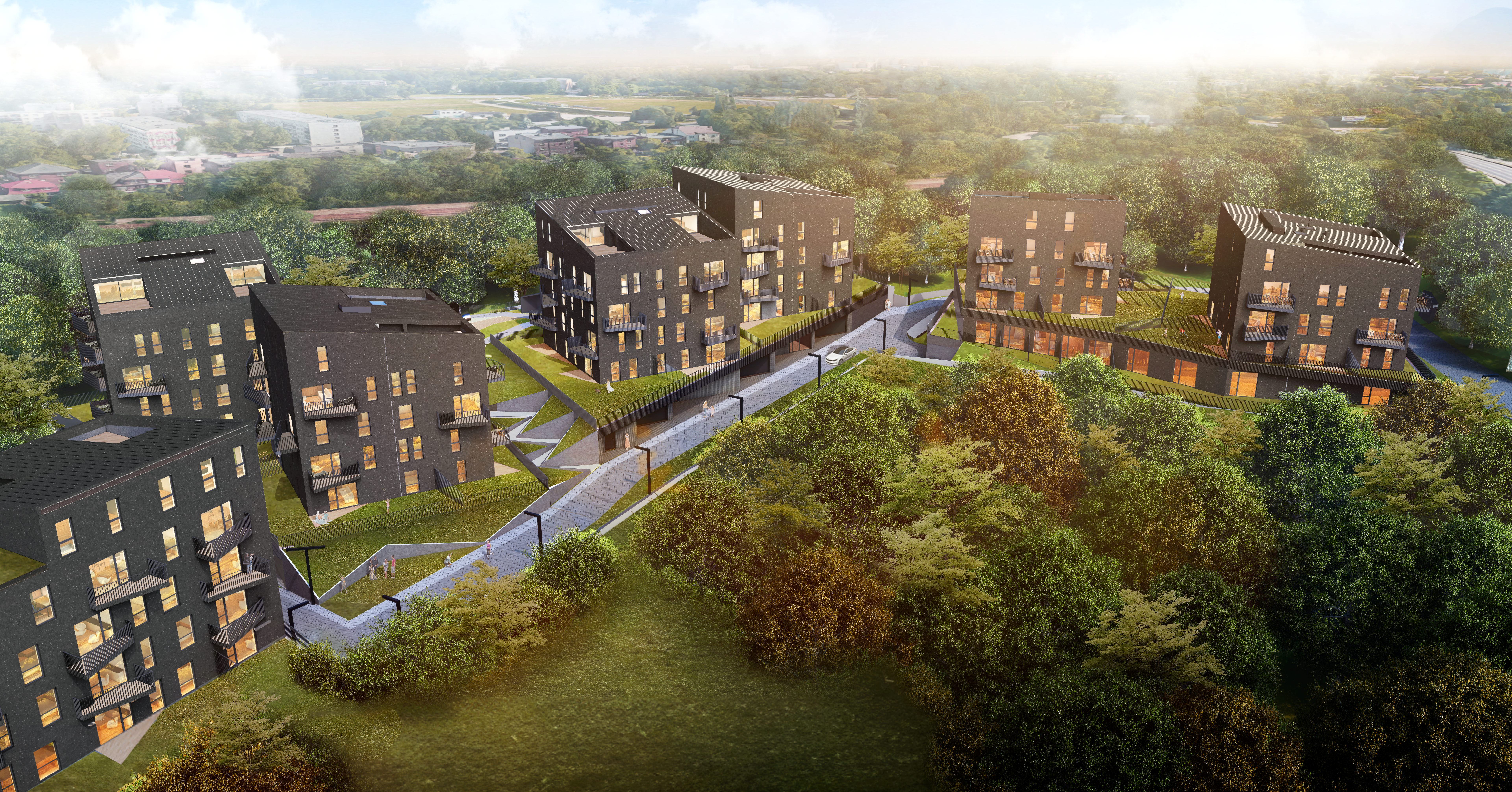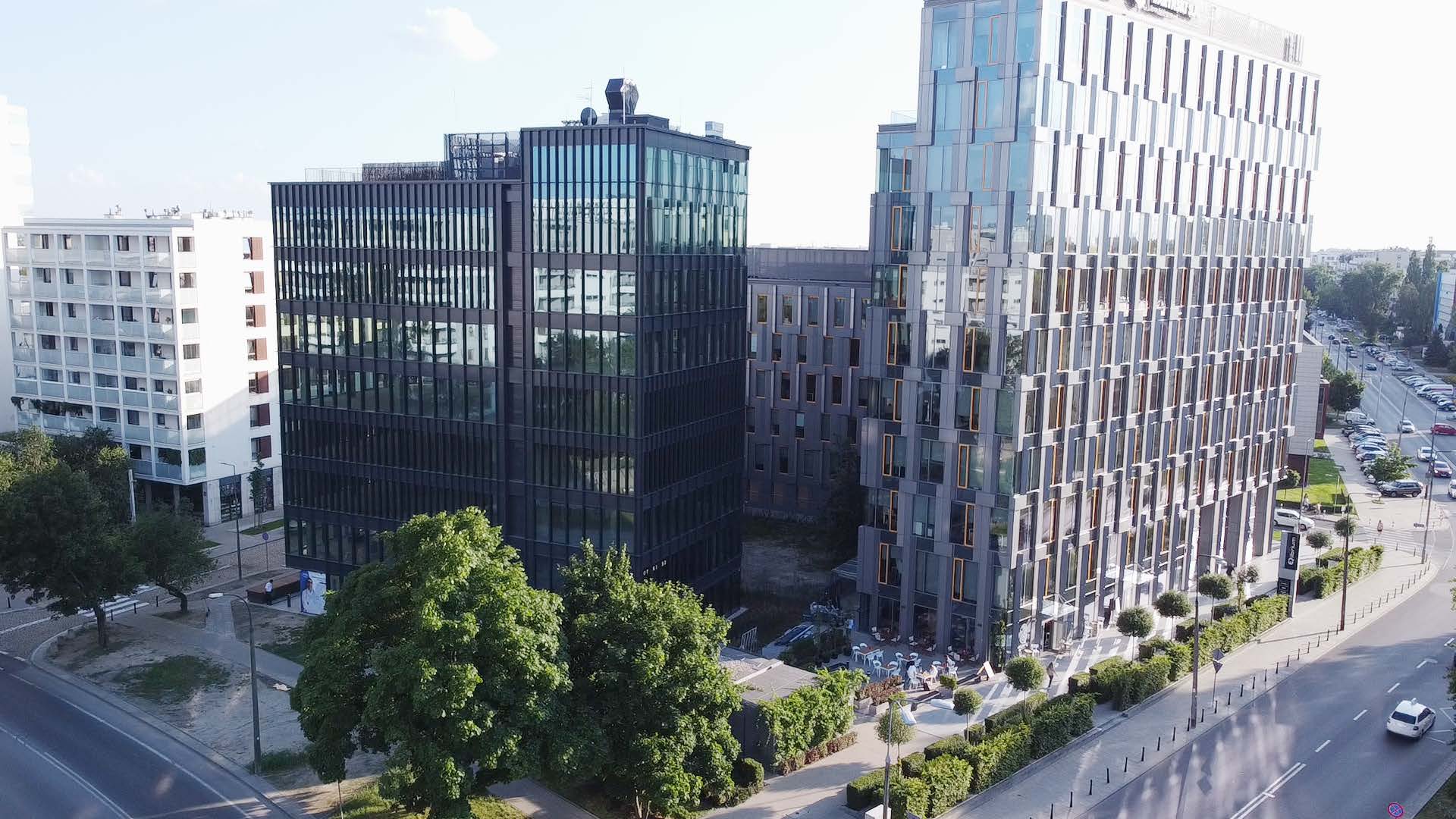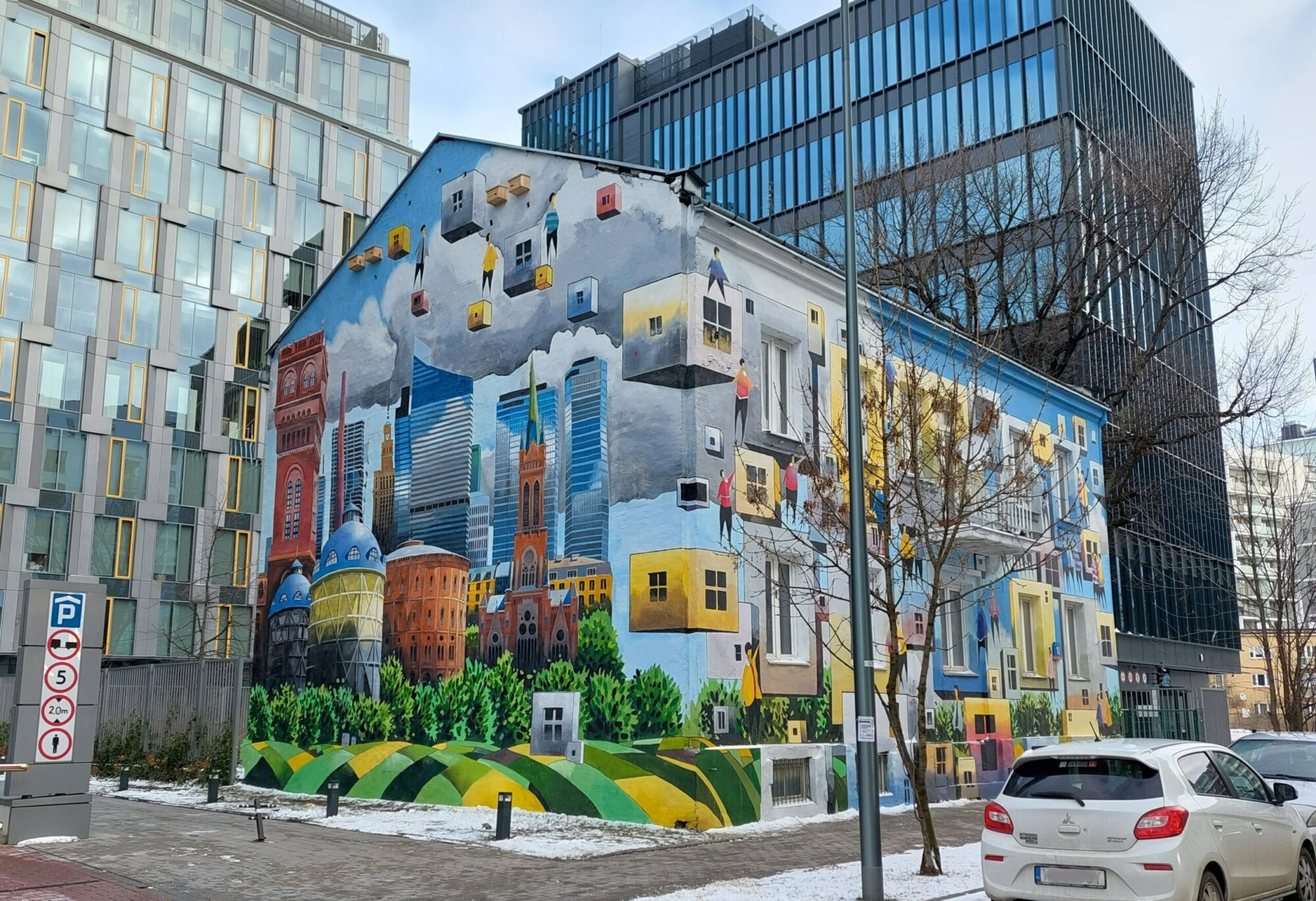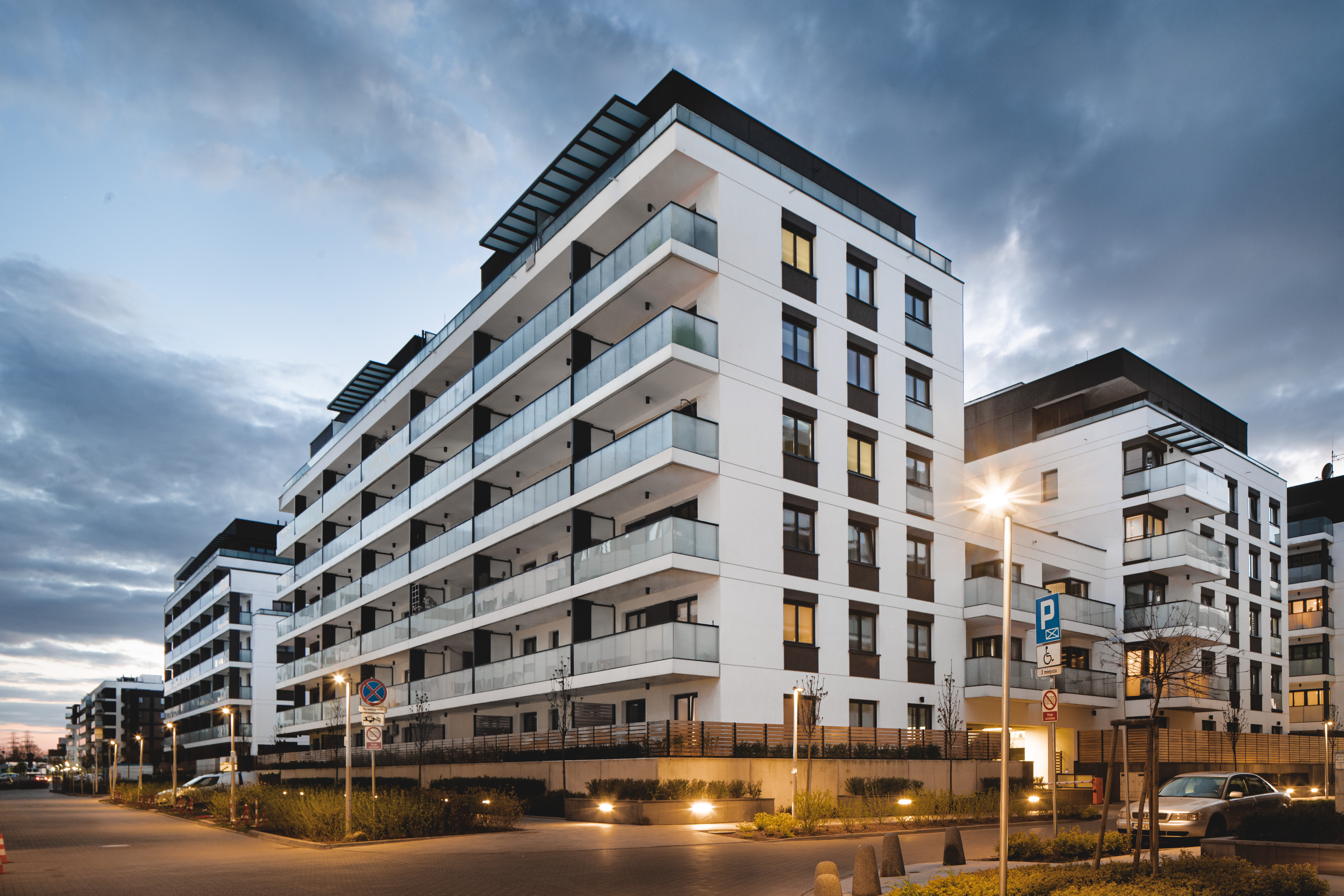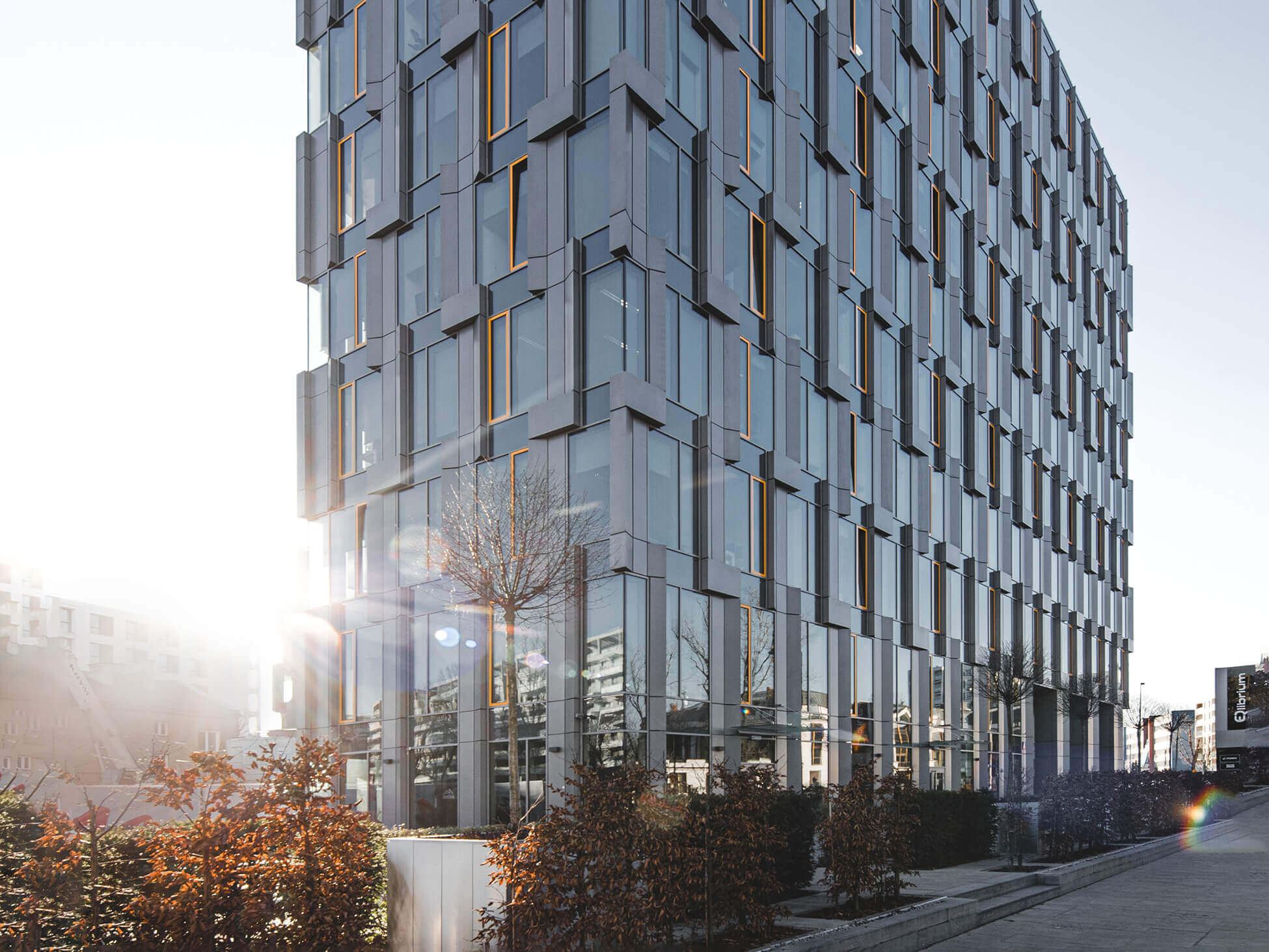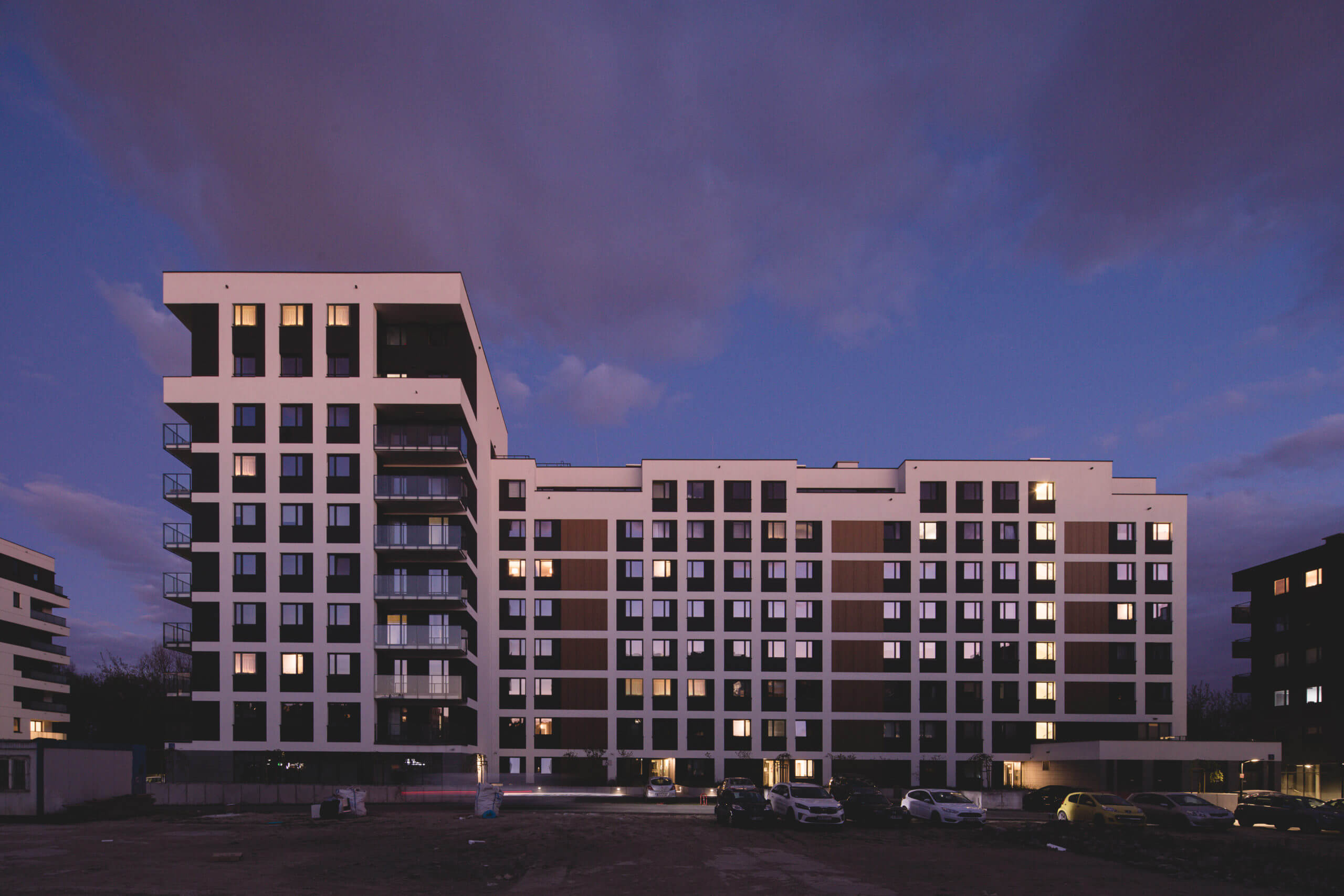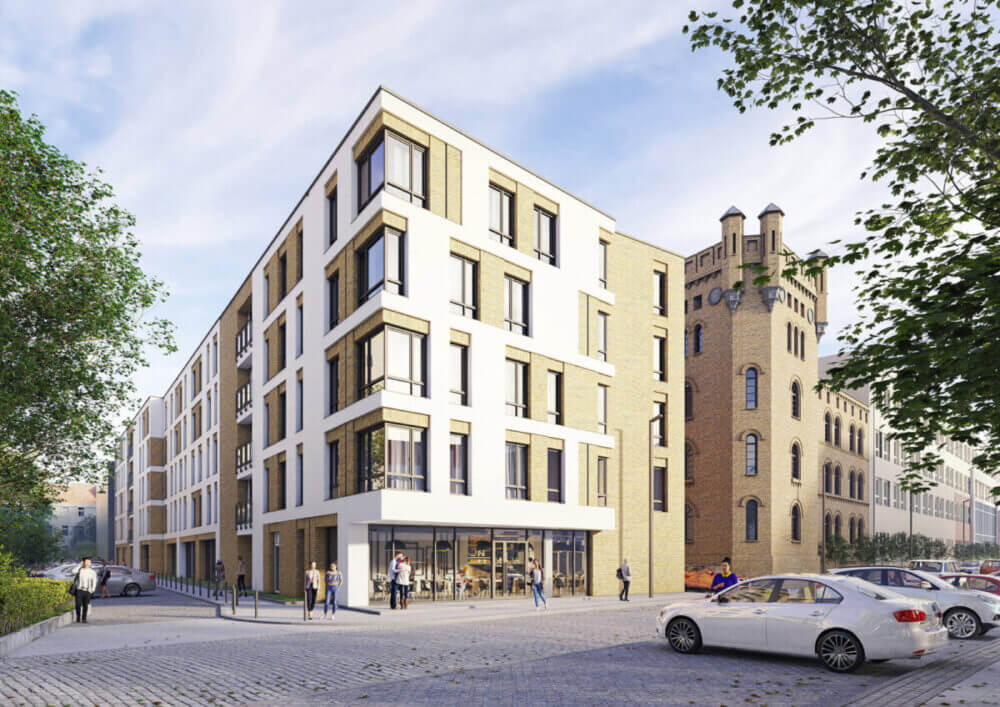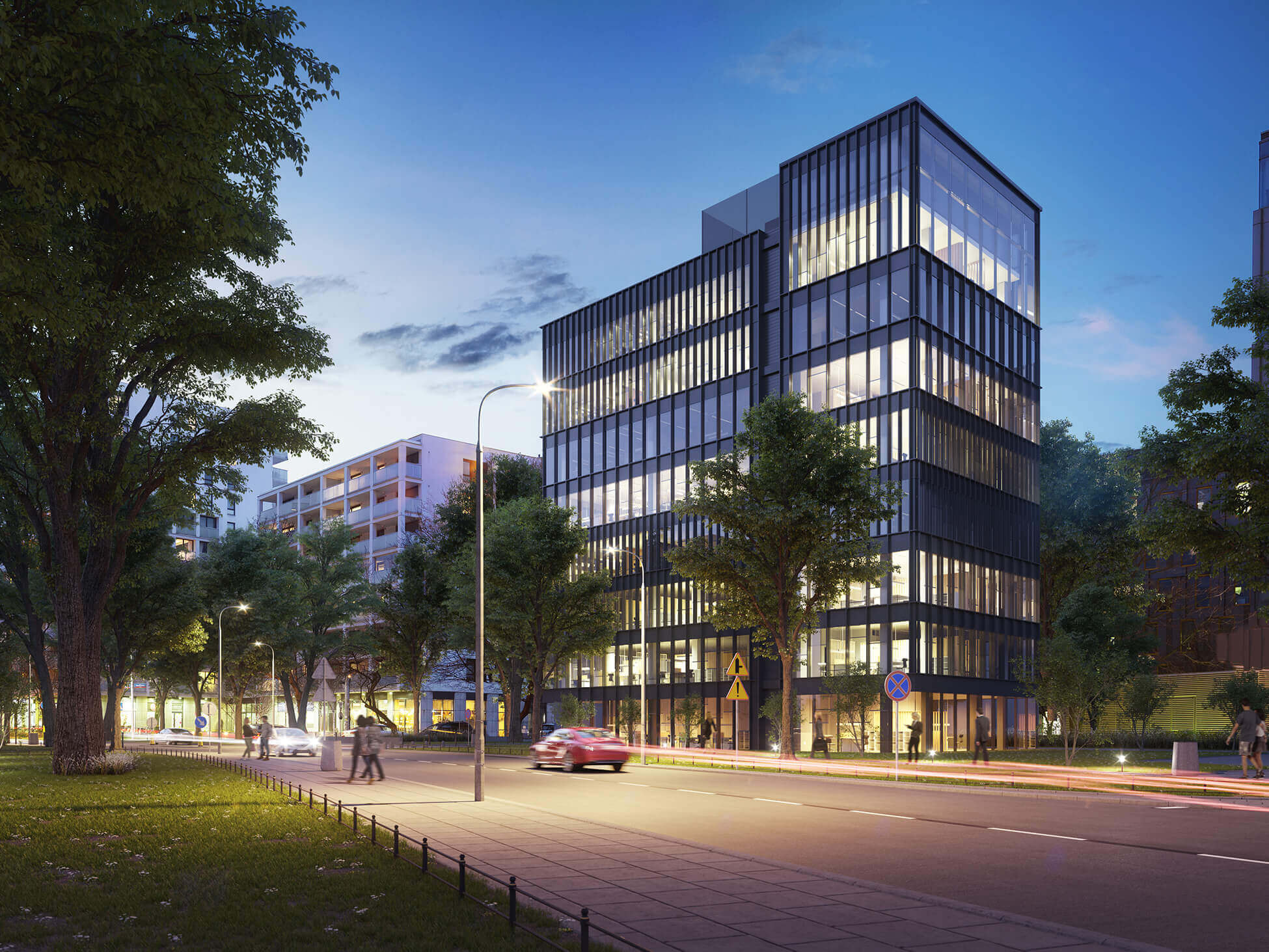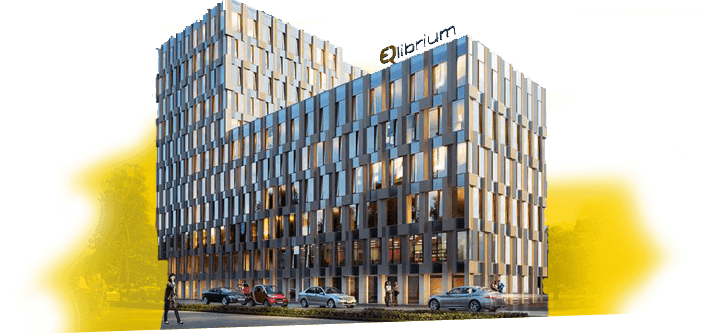
Deweloper Waryński S.A. Grupa Holdingowa
GRUPA WARYŃSKI to nowoczesna i dynamiczna grupa kapitałowa z bogatą tradycją. Kluczowym obszarem działalności Grupy jest aktywność na rynku deweloperskim oraz intensywne budowanie pozycji marki na rynku nieruchomości.
Obecnie, Grupa Waryński będąca członkiem Polskiego Związku Firm Deweloperskich zakończyła dwa niezależne projekty mieszkaniowe na warszawskiej Woli oraz samodzielny projekt Atol ATOL w centrum Gdańska. W fazie projektowej są dwie kolejne samodzielne inwestycje mieszkaniowe – w Katowicach oraz Jabłonnie koło Warszawy.
Dlaczego Waryński?
Poznaj nasze wartości
pracowników
SIĘGAJĄCA 1833 roku !
Nasze inwestycje
Aktualności
co nowego w grupie Waryński?

